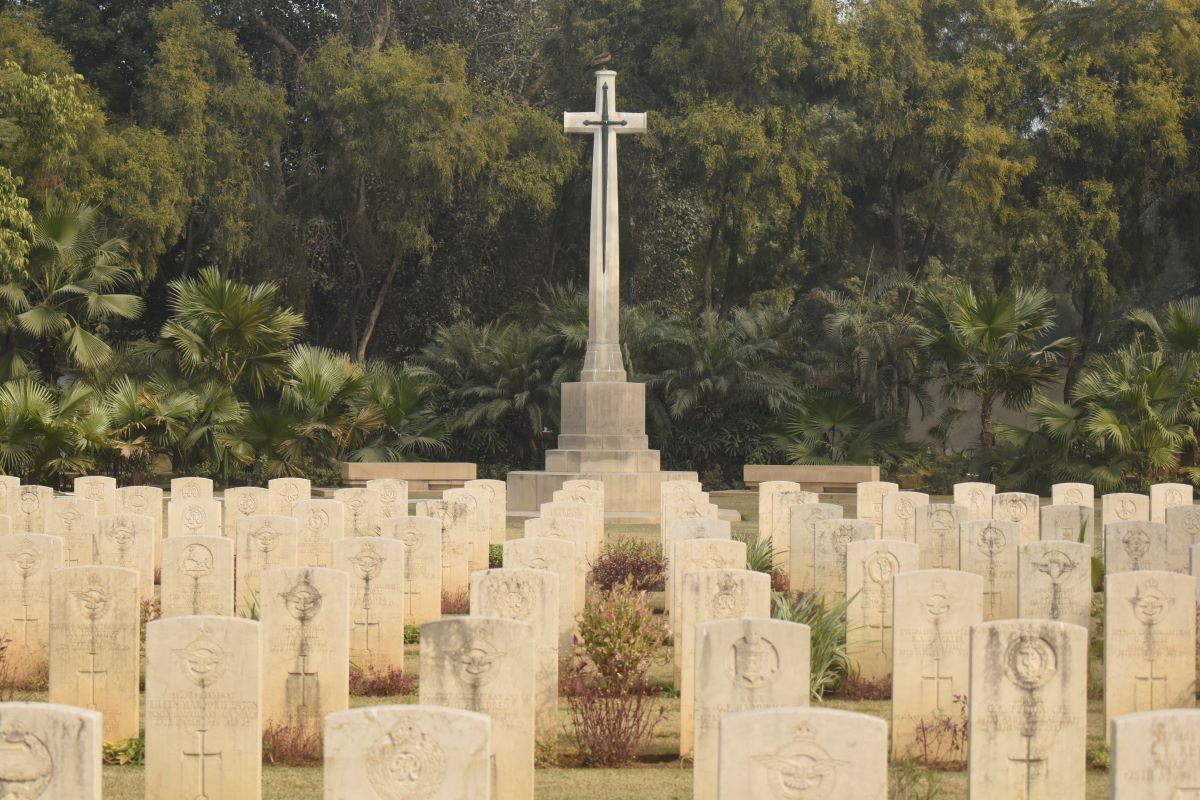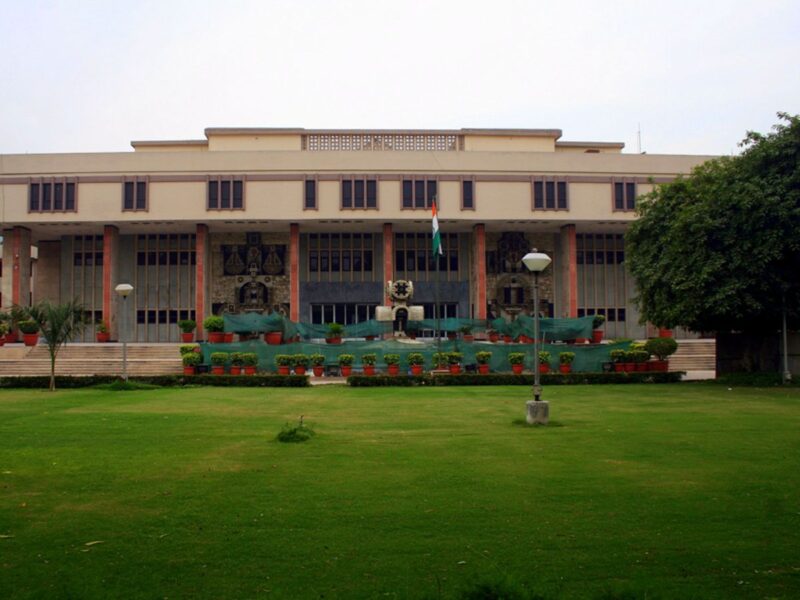Nestled peacefully beneath the shade of a tree is the gravestone of Bandsman L. Perkins. Resting on lush, velvety grass and adorned with meticulously manicured shrubs, the white gravestone reveals poignant details about the young man who departed this life at the tender age of 23.
Bandsman Perkins met his fate on June 27, 1943 during the Second World War, a conflict touted as the most catastrophic the world had witnessed up to that point. Affiliated with the Wiltshire Regiment, his grave bears a solemn inscription that reads, “Goodnight Dearest Len. Until We Meet. Remembrance. Mom and Dad.”
Among the 1154 fallen soldiers from the two great wars, Bandsman Perkins finds his eternal rest at the Delhi War Cemetery. Established in 1951, this cemetery, doubling as a memorial, stands as a tribute to those who sacrificed their lives in defence of the then-British Commonwealth.
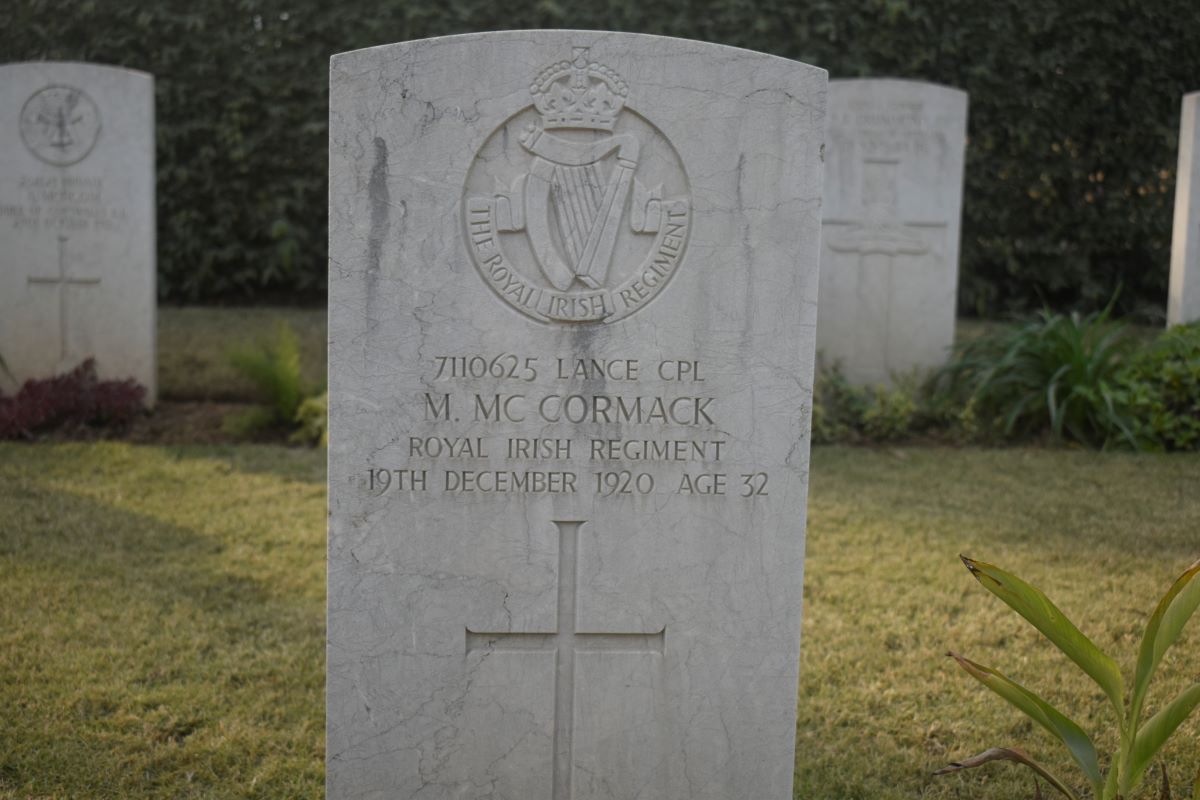
To ensure the perpetual upkeep of their final resting places, the bodies of casualties were relocated from cemeteries across northern India. Exploring cantonment cemeteries in Allahabad, Cawnpore, Dehradun, Lucknow, and others, the Commonwealth War Graves Commission (CWGC) oversaw the interment process with watchful and tender care.
The Delhi War Cemetery is a poignant testament to the widespread impact of the wars, housing casualties from the United Kingdom, Canada, Australia, undivided India, New Zealand, the Netherlands, and more. It stands as a sombre reminder of the global reach and profound consequences of those tumultuous times.
Upon arriving in France in September 1914 to lead a British Red Cross Unit, Fabian Ware, the founder of the CWGC, was struck by the absence of any organised effort to record the final resting places of war casualties.
Disturbed by the potential loss of graves, Ware’s unit initiated humble efforts that eventually led to the establishment of The Imperial War Graves Commission in 1917 through a Royal Charter. By 1921, a remarkable 1,000 cemeteries had been established worldwide, deemed suitable for visitors.
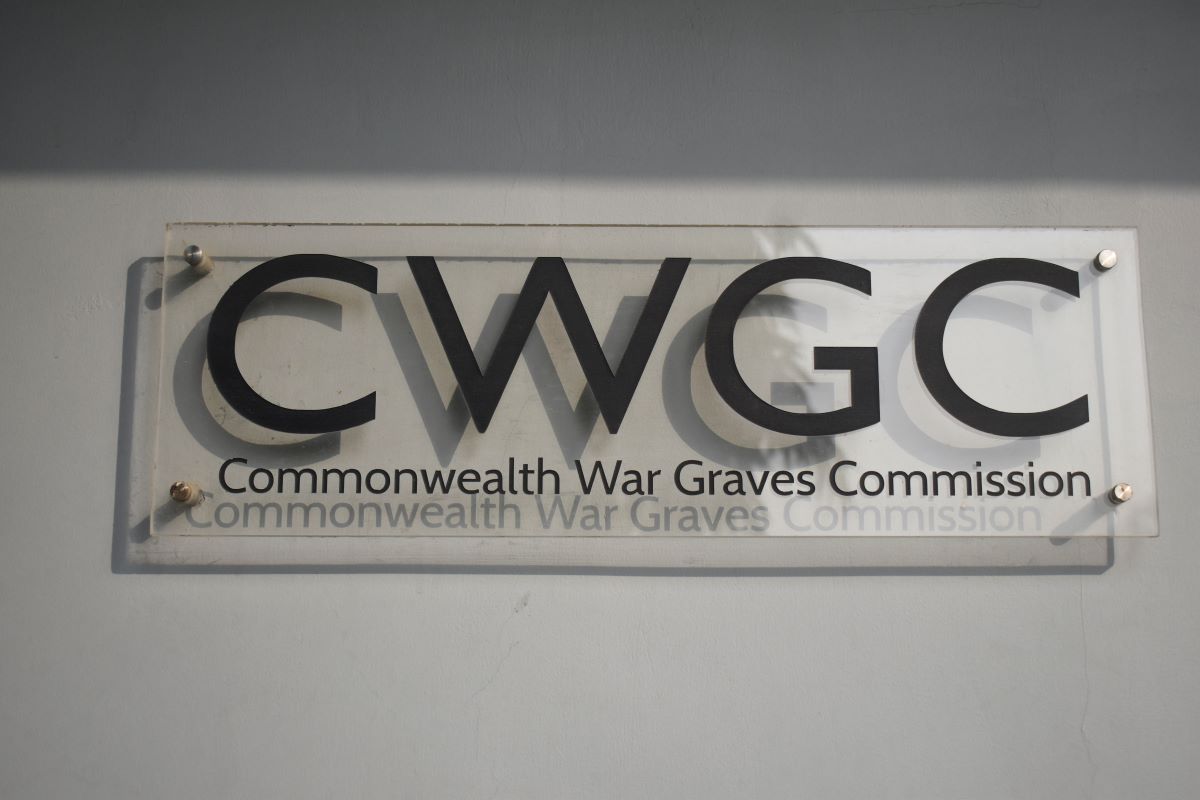
Renamed CWGC in 1960, it faced the need for new cemeteries during World War Two’s European engulfment. Post-conflict, the Commission commemorated 600,000 Commonwealth soldiers with 559 new cemeteries and thirty-six memorials. Surprisingly, discoveries of war casualties persist to this day.
Squadron Leader Rana Chhina, a military historian, highlights the significant role of undivided India in defending the British Commonwealth. He notes the substantial sacrifice, with 160,000 war dead commemorated globally in 50 countries, emphasising India’s immense contribution. The country’s large volunteer army endured a substantial share of the losses.
“A significant portion of the individuals interred at the Delhi War Cemetery were soldiers undergoing rehabilitation from wounds,” states a spokesperson from the CWGC.
Visitors to the Delhi War Cemetery may notice gravestones marking deaths beyond the armistice dates of both world wars. To classify as war dead, the British defined specific war periods, accounting for life-threatening injuries and health complications stemming from the wars.
The period for the First World War was designated from August 4, 1914, to August 31, 1921, while the mandated period for World War Two casualties spanned from September 3, 1939, to December 31, 1947. Upon entering the cemetery, the imposing Delhi-Karachi Memorial stands as the first point of encounter.
“The memorial serves as a remembrance for all the Indian soldiers who died in the Second World War and were cremated, as they could not have a gravestone,” explains CWGC.
Reflecting the diverse nature of war casualties, a memorial register under protective glass displays the names of approximately 25,200 soldiers and 700 airmen who perished during training or on leave.
Given final rites by comrades or family, their names are forever memorialised, with a page of the register turned daily to honour their memory. The memorial also includes the names of individuals on the wall whose graves remain unfound or unidentified.
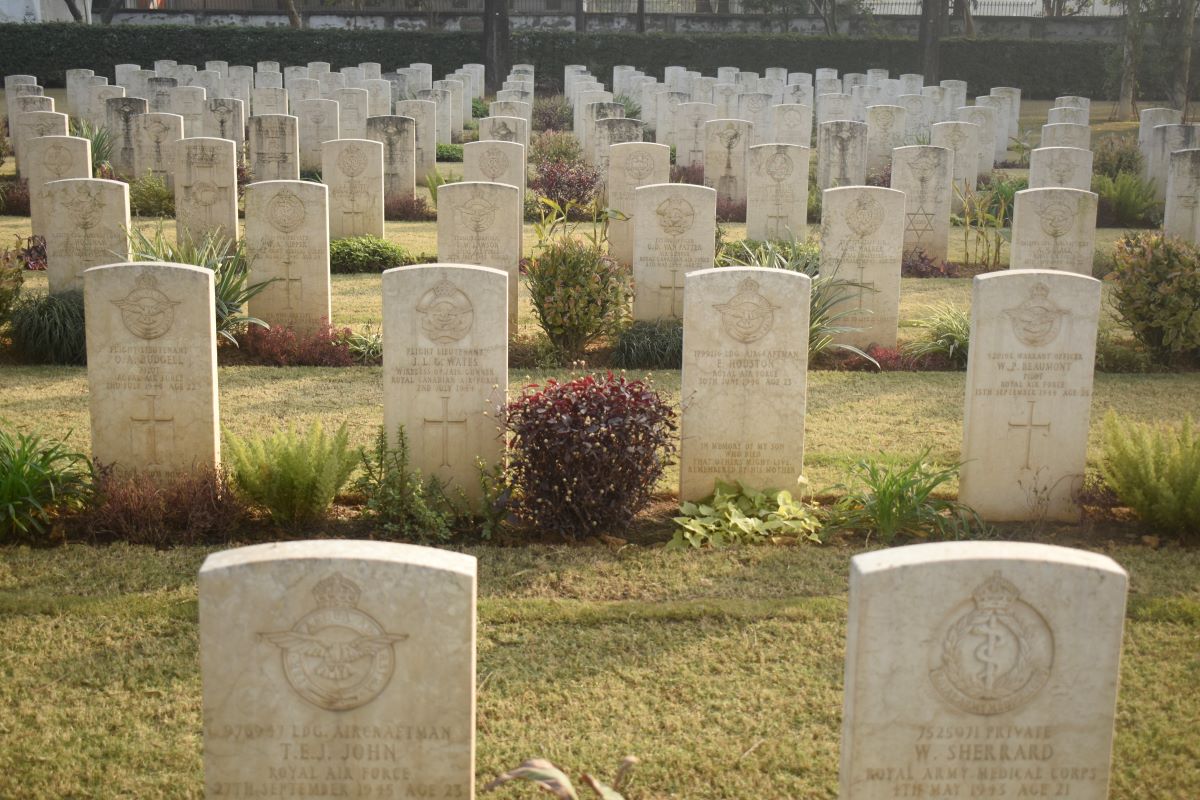 Originally 114 names, some persist as a poignant reminder of wartime losses. The British departure from India and improved access to civilian cemeteries prompted CWGC to manage war graves in over 130 civilian graveyards. A global feature in such cemeteries is the “Stone of Remembrance” and the “Cross of Sacrifice.”
Originally 114 names, some persist as a poignant reminder of wartime losses. The British departure from India and improved access to civilian cemeteries prompted CWGC to manage war graves in over 130 civilian graveyards. A global feature in such cemeteries is the “Stone of Remembrance” and the “Cross of Sacrifice.”
In designing the original cemetery, CWGC sought the expertise of renowned architects of the time, including Edward Lutyens, Herbert Baker, and Reginald Blomfield. Blomfield’s “Cross of Sacrifice” symbolises the faith of the majority, while Lutyens’ “Stone of Remembrance” represents those of all faiths and none.
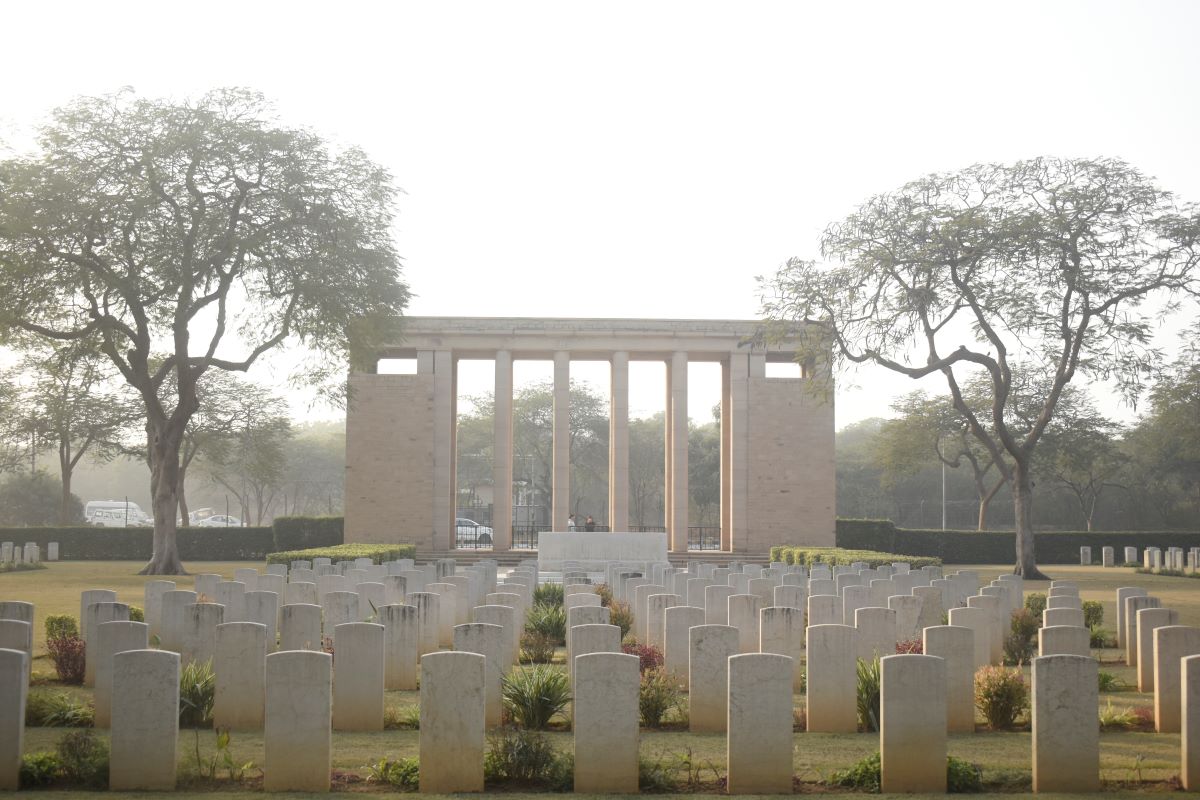 “Despite the staggering number of casualties and wounded during the World Wars, these conflicts might constitute the most significant gap in our understanding of modern history,” remarks journalist and writer Raghu Karnad.
“Despite the staggering number of casualties and wounded during the World Wars, these conflicts might constitute the most significant gap in our understanding of modern history,” remarks journalist and writer Raghu Karnad.
In his 2015 book, “The Farthest Field: An Indian Story of the Second World War,” Karnad explores the profound impact of the war on Indian families and the valour of Indian troops. He observes a common tendency in books, movies, and media to focus on European powers and America, neglecting the contributions of undivided India’s forces.
“While many nations resorted to forced conscription to bolster their armed forces, soldiers in India willingly volunteered for service,” emphasises Karnad.
Highlighting the wars’ significance in shaping both the Indian Army and the nation, Chhina underscores that the armed forces’ experience played a crucial role in developing the Republic of India’s military strength, as evidenced in the first Kashmir War of 1947-48.
“World War 2 witnessed a significant number of Indians being commissioned as officers for the first time, providing invaluable experience to the military of a nascent nation,” he states.
The Second World War marked a watershed moment, enabling women to join the war effort. The Delhi War Cemetery features graves of brave women, such as Leading Aircraftwoman Mary Edith Doreen Wilson, Lance Serjeant G Banks, Nurse Diana Stewart Crofton, Leading Aircraftwoman Maureen Honor Grundy, and others.
As Chhina points out, these units were disbanded after the conclusion of World War 2.
When asked about the possible influence of contemporary attitudes on this decision, he states, “That seems to be the case, as at the time, women were still not envisioned in military life.”
Karnad also notes that the sacrifices and experiences of those in the medical and nursing corps require further documentation.
The cemetery, a tourist spot, sees adults and children enjoying the winter sun near the Delhi-Karachi War Memorial. Cyclists frequent the memorial due to its location in Delhi’s Cantonment area and well-maintained roads, attracting history enthusiasts like Hardik (21) and Tushar (21), Delhi University history students who discovered it on Instagram.
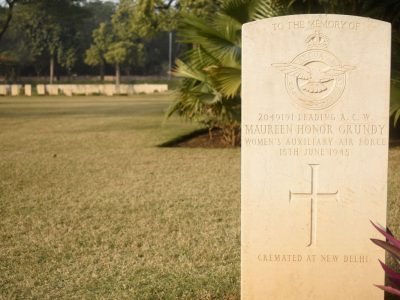
For them, the sight of numerous graves was a traumatic experience, reflecting the immense loss in wars. Hardik feels conflicted, attributing it to India’s colonial history. Tushar, however, points to the poignant messages on graves, emphasising the value of every life and the need to learn from history. They both express sorrow that martyrs are buried far from their homelands.
Author Swapna Liddle notes the lack of identification, citing India’s war effort driven by employment opportunities. She underscores the importance of such cemeteries for heritage and history in India, unlike patriotic reasons in Britain. Chhina and Karnad highlight the world wars’ role as a melting pot of cultures, with Indian soldiers’ testimonials offering diverse perspectives.
However, much needs to be done to enhance public awareness of the two world wars. Many visiting cyclists lack awareness of the cemetery’s historicity and purpose.
Muskaan (16), a class 11th student visiting for the first time, says the place has a great environment but considers the distance discouraging. Some peers share her sentiment, yet Saksham (16) expresses a sense of peace during his frequent visits, despite limited knowledge about the wars.
Horticulture practices contribute to a soft, comforting aesthetic in the cemetery. Various flora, small shrubs, and plants accompany gravestones, while trees provide shade. The CWGC strategically places plants to avoid water splashes on gravestones during rains and enhance visibility.
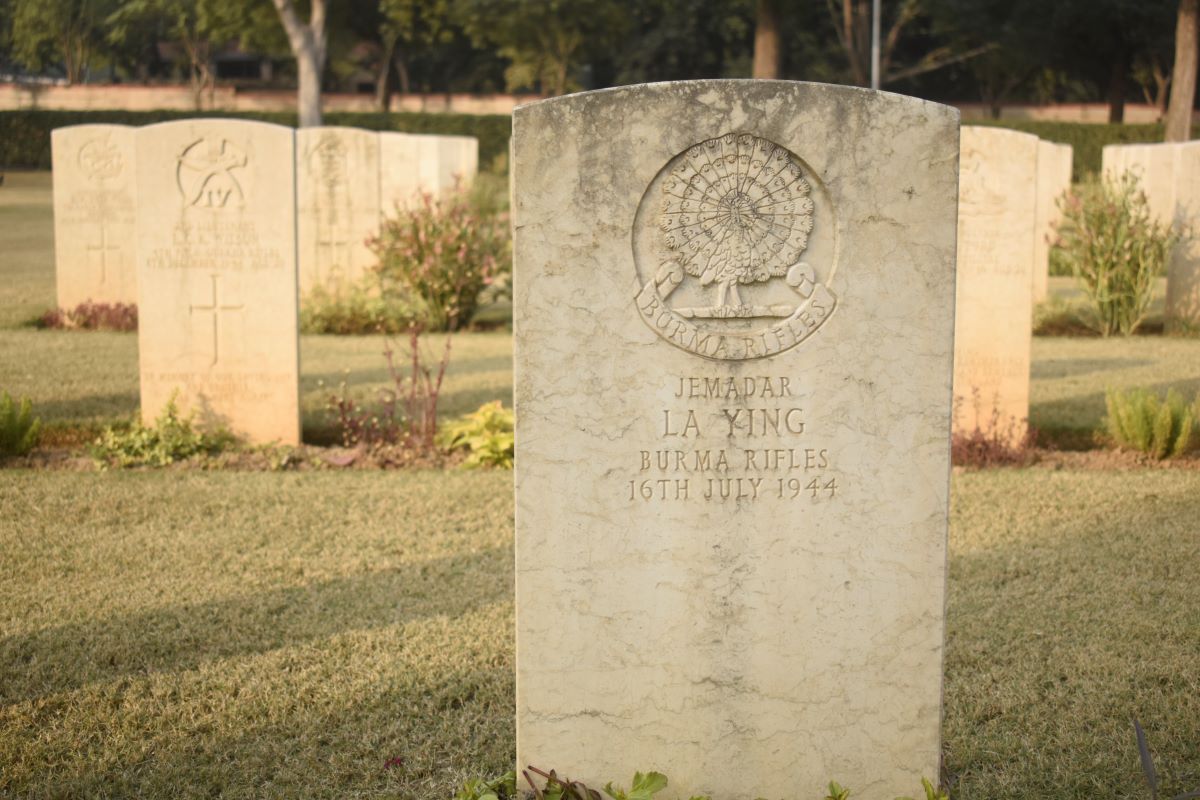
Despite these efforts, rapid urbanisation and changing environmental conditions stress war cemeteries. Some gravestones show signs of weathering and algae growth due to altered weather patterns in the capital.
The CWGC spokesperson notes a decline in visits from families and descendants due to the cemetery’s distance and the aging population. Solemn messages on gravestones reflect the profound love and grief of those who lost their loved ones.

